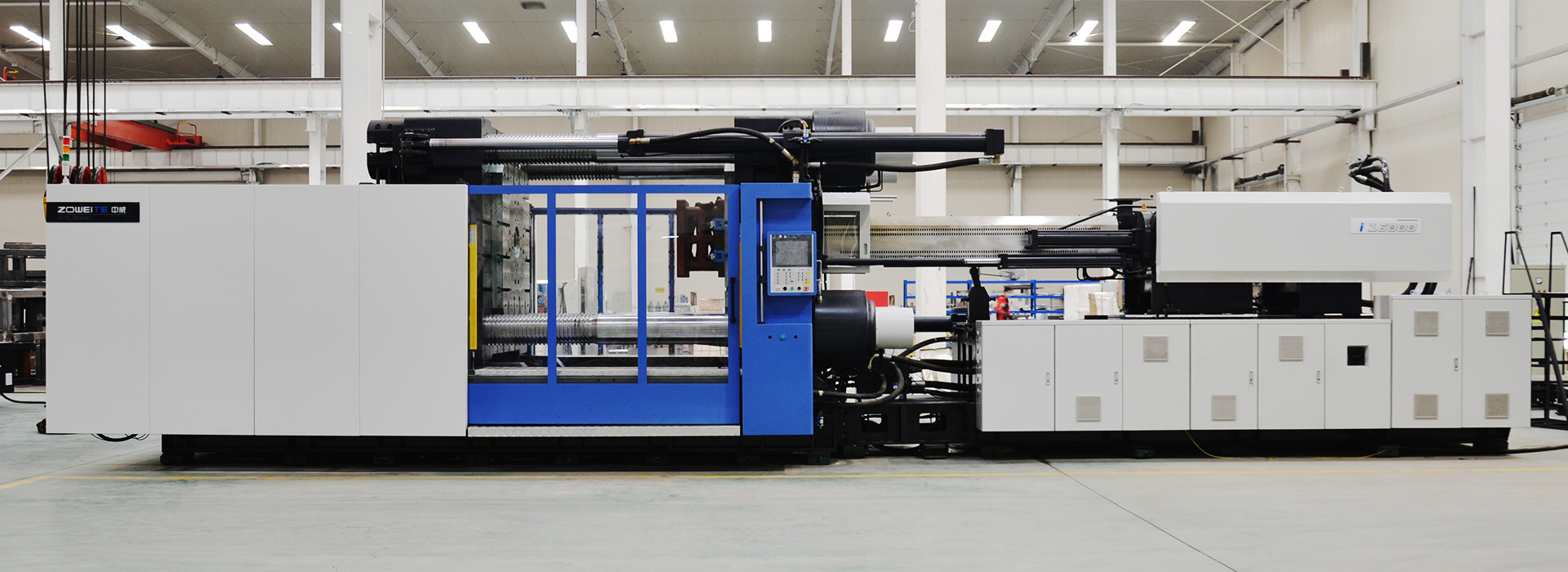Which process parameters can be adjusted to improve the dimensional accuracy of injection parts?
2023-10-23
Injection molding is a widely used manufacturing process for producing plastic parts with high precision and accuracy. However, the dimensional accuracy of the final product can be influenced by various process parameters. In this article, we will discuss which process parameters can be adjusted to improve the dimensional accuracy of injection parts.
1. Injection Speed
The injection speed is the rate at which the plastic material is injected into the mold cavity. The injection speed has a significant impact on the dimensional accuracy of the injected part. If the injection speed is too high, the material may exhibit flow marks, which can affect the part's appearance and dimensions.
2. Cooling Time
The cooling time is the time required for the plastic material to solidify after being injected into the mold cavity. The cooling time is crucial in determining the final dimensional accuracy of the part. If the cooling time is too short, the plastic material may be insufficiently solidified, leading to deformation and warping of the part. Conversely, if the cooling time is too long, it can increase the cycle time and lead to unnecessary delays in production. Thus, controlling the cooling time is essential for ensuring dimensional accuracy.
3. Mold Temperature
The mold temperature is the temperature of the mold cavity during injection molding. The mold temperature plays a key role in the dimensional accuracy of the part. The mold temperature needs to be set precisely to achieve the desired level of dimensional accuracy. If the mold temperature is too high, the material may shrink excessively, leading to the part's undersized dimensions. On the other hand, if the mold temperature is too low, the material may take longer to solidify, leading to oversized dimensions.
4. Material Selection
The plastic material used in injection molding can impact dimensional accuracy. Material shrinkage is one of the significant contributors to dimensional inaccuracy, and different materials have varying degrees of shrinkage. For instance, some materials shrink more than others, and some materials shrink uniformly, while some do not. Furthermore, the material's properties can affect the part's ability to withstand external forces, leading to dimensional inaccuracies.
In conclusion, achieving high dimensional accuracy in injection molding is a complex process that requires careful consideration of various parameters. Injection speed, cooling time, mold temperature, and material selection are essential process parameters that can be adjusted to improve dimensional accuracy. By carefully controlling the process parameters, manufacturers can produce high-quality parts with the desired dimensional accuracy levels.




